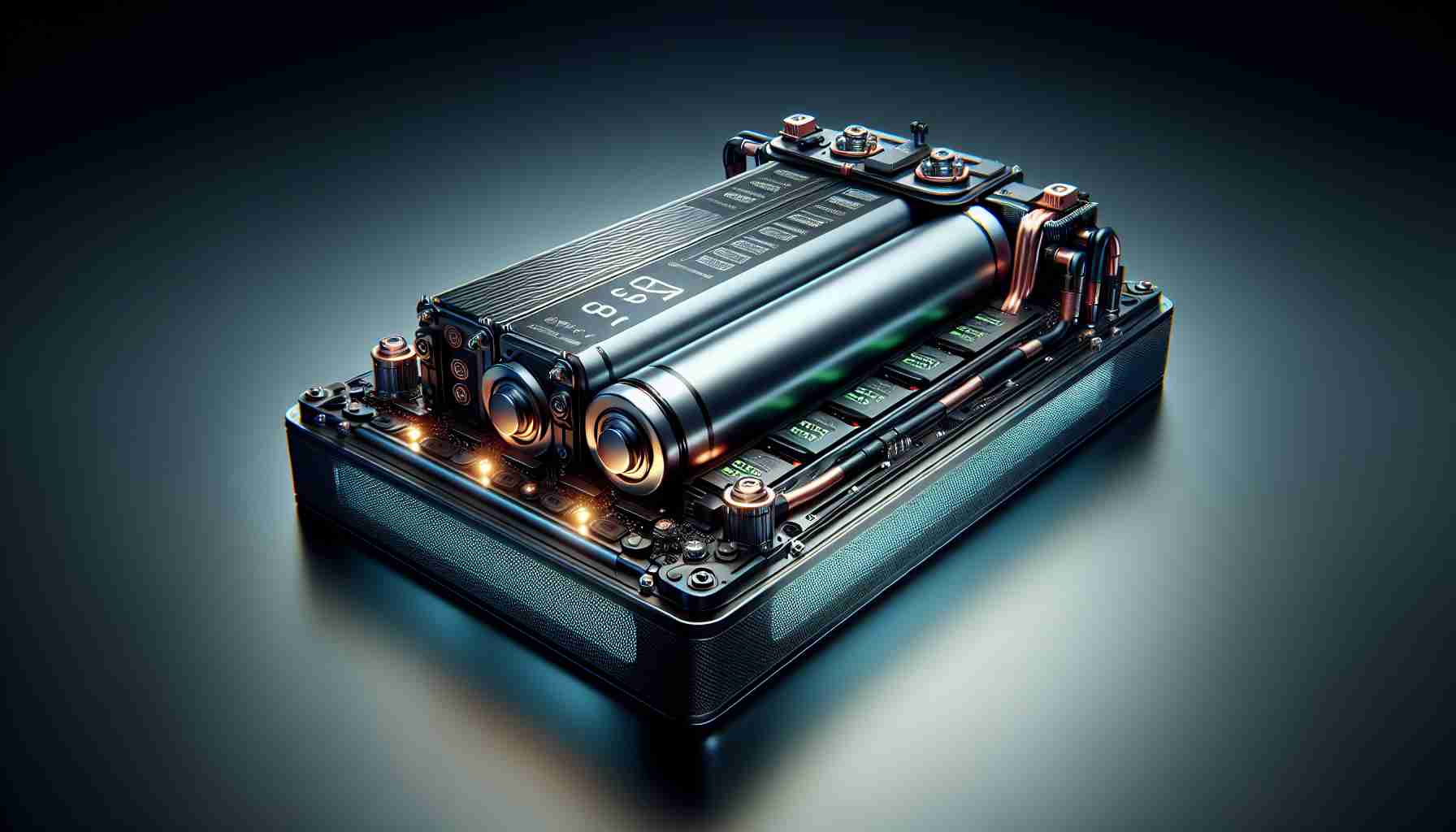Tornado ADV: The Evolution of an Iconic Air Defender
During the late 20th century, an aircraft emerged that would leave an indelible mark on air defense systems across Europe. The Panavia Tornado ADV (Air Defence Variant) was initially developed as a long-range interceptor to defend against potential Soviet threats during the Cold War. Designed by the collaborative efforts of the United Kingdom, Germany, and Italy, the Tornado ADV represented a significant leap in aviation technology.
First taking to the skies in 1979, the Tornado ADV boasted impressive capabilities. It featured a variable-sweep wing design, allowing for enhanced performance across varying speed ranges. Equipped with the advanced Skyflash air-to-air missiles and a powerful radar system, it was primed for detecting and engaging enemy threats at considerable distances.
The Tornado ADV served primarily with the Royal Air Force (RAF) as the Tornado F3, playing a crucial role in quick reaction alert operations for over two decades. Its versatility and reliability ensured it remained an integral part of air defense well into the early 21st century. The aircraft was eventually retired, making way for next-generation platforms like the Eurofighter Typhoon.
Despite its retirement, the Tornado ADV’s legacy lives on as a symbol of Cold War innovation and strategic air defense. Its development marked a pivotal point in military aviation, showcasing the synergy of European engineering and cooperative defense efforts.
The Undying Legacy of the Tornado ADV: Beyond the Skies
The Tornado ADV was not only a marvel of aviation engineering but also a catalyst for technological advancement and international cooperation. Despite its retirement, its influence continues to resonate across multiple domains. The collaborative design process spearheaded by the UK, Germany, and Italy laid the groundwork for future joint ventures, such as the Eurofighter Typhoon and the F-35 Lightning II, promoting a model of international defense collaboration.
What made the Tornado ADV truly revolutionary? Beyond its interceptor capabilities, the Tornado ADV set the stage for the development of next-generation aviation technologies. Its variable-sweep wing design paved the way for innovations in aerodynamic performance, and its radar and missile systems spearheaded advancements in electronic warfare.
How does its legacy impact communities today? The Tornado ADV’s development stimulated economic growth in participating countries, fostering jobs and enhancing expertise in aerospace technology. These developments have positioned the countries as leaders in the global defense industry, contributing significantly to local economies and technological prowess.
Are there any controversies surrounding international collaboration in defense projects? The Tornado ADV’s collaborative nature did not go without scrutiny. Questions around cost-sharing and technology transfer balance often arose, highlighting the challenges of multinational defense projects. However, by addressing these challenges, the program set important precedents for equitable and efficient partnerships.
For further exploration into collaborative defense programs, visit Panavia and Lockheed Martin. These platforms continue to chart the course for groundbreaking advancements in aerospace and defense technologies.






















